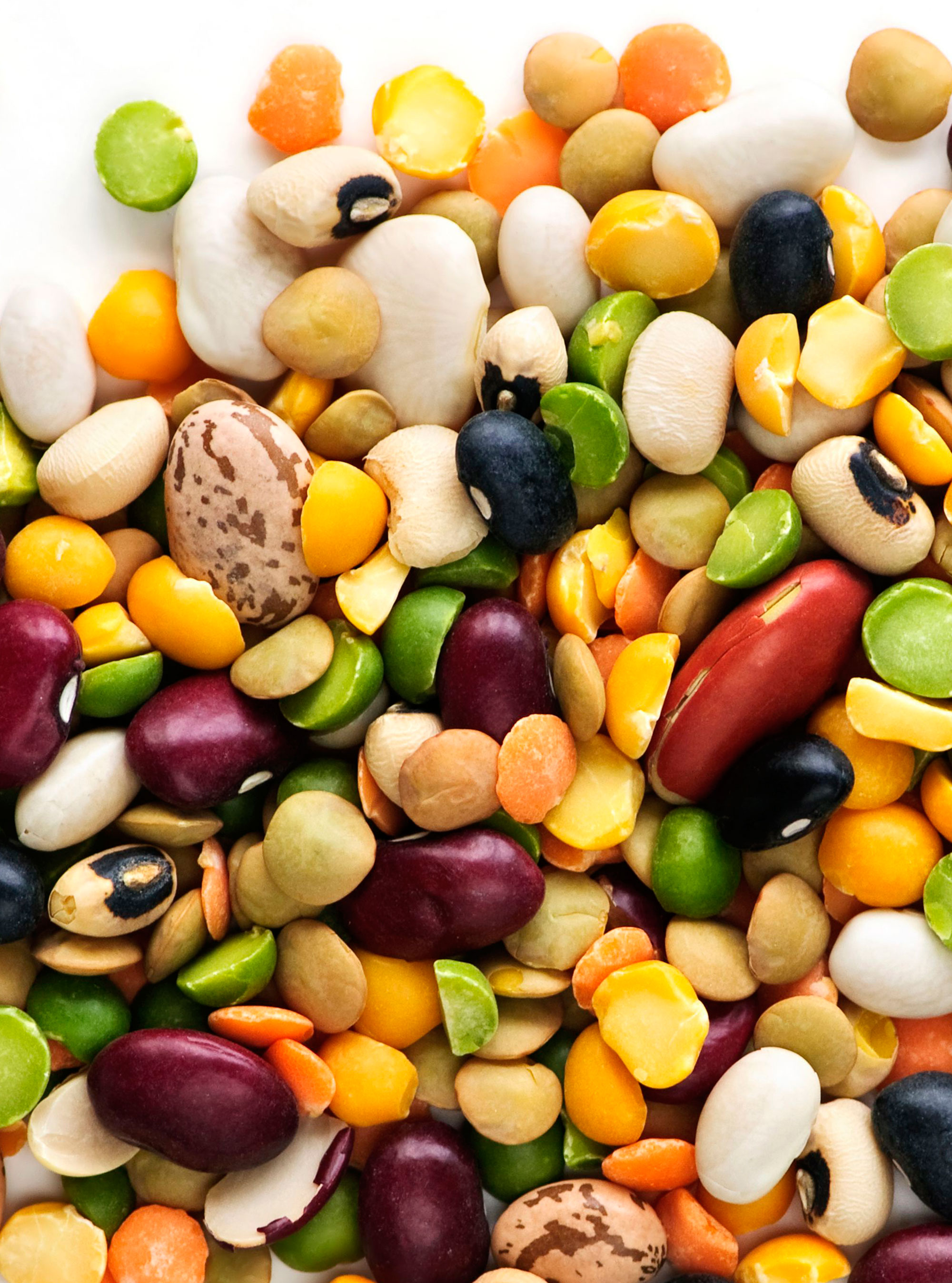
Pillar 1: Eat for Blood-Sugar Balance
Do you tend to carry your weight around the middle? Are your meals often only made up of carbs e.g. pasta or pizza? Are you often sleepy after meals? If so, you?re likely suffering from rollercoaster blood sugar levels.
To keep your blood sugar under control, stick to carbohydrates with a low GI (glycaemic index). The higher the GI index of your food, the more closely the food acts like pure sugar in your body. Low GI foods are generally whole foods that contain plenty of fibre, such as vegetables, intact grains, beans, legumes, nuts, and seeds. With these, your body has to work to access the nutrients, digesting through fibrous outer layers, and releasing glucose slowly and steadily.
Pillar 2: Manage Inflammation
Cell damage pumps inflammatory compounds around your body and is caused by a wide array of triggers - including UV radiation, environmental toxins, and certain foods (in particular, refined carbohydrates, sugars, and unhealthy fats). If most of your food comes out of a package, or if you ignore most vegetables including leafy greens and rarely touch fish, you?re likely on the road to inflammation. Combat this by choosing healthy fats such as omega-3 fatty acids found in oily fish, flax, pumpkin seed and walnuts, and by cooking at lower temperatures by simmering, poaching or slow-cook your meals.
Pillar 3: Make plants your bedrock
Today, more than ever, we need to eat ?defensively?; plant foods offer compounds that change the expression of certain genes, helping our body cope with the effects of ongoing stress, inflammation, and exposure to environmental toxins. This means pile up on beans (black, cannellini, kidney, pinto, chickpeas), lentils, soy (edamame, tempeh, miso) and even herbs and spices (garlic, cinnamon, ginger and turmeric).
Pillar 4: Eating Whole
The human body evolved to eat real food?not refined, man-made
combinations of ingredients. Clinical trials shows that the synergy
between nutrients in whole foods is what gives them their
health-boosting benefits - unique combination of vitamin E, magnesium
and zinc is what make almonds a superfood. By messing with the makeup of
our food through refinement, we cheat ourselves out of these nutrients.
Aim to eat whole, unprocessed foods whenever you can.
Pillar 5: Learn your plate makeup rules
You plate should be divided into three sections: ½ vegetables, ¼ proteins, ¼ starches. (graphic available).
Give a new meaning to taste the rainbow and make your vegetables as colourful as possible. Lean proteins are good for your heart and better for your waistline. Whole-grains are good for your heart and keep you feeling fuller longer. While foods like yams, potatoes and corn are considered vegetables, they are high in starch and should be placed on this part of your plate.
Pillar 6: Eat Mindfully
All this caution counts for nothing if we don?t take the time to savour and enjoy our food. Eating in front of the TV or computer screens, not listening to hunger or fullness signals and generally not paying attention can lead to mindless eating and slow, creeping weight gain. Take the time to savour your food, appreciate the work that went into making it and notice the feelings of satisfaction when you?re done.
Adapted from The Mindful Diet: How to transform your relationship with food for lasting weight loss and vibrant health by Ruth Wolever and Beth Reardon, Atlantic Books, £14.99.
No comments:
Post a Comment